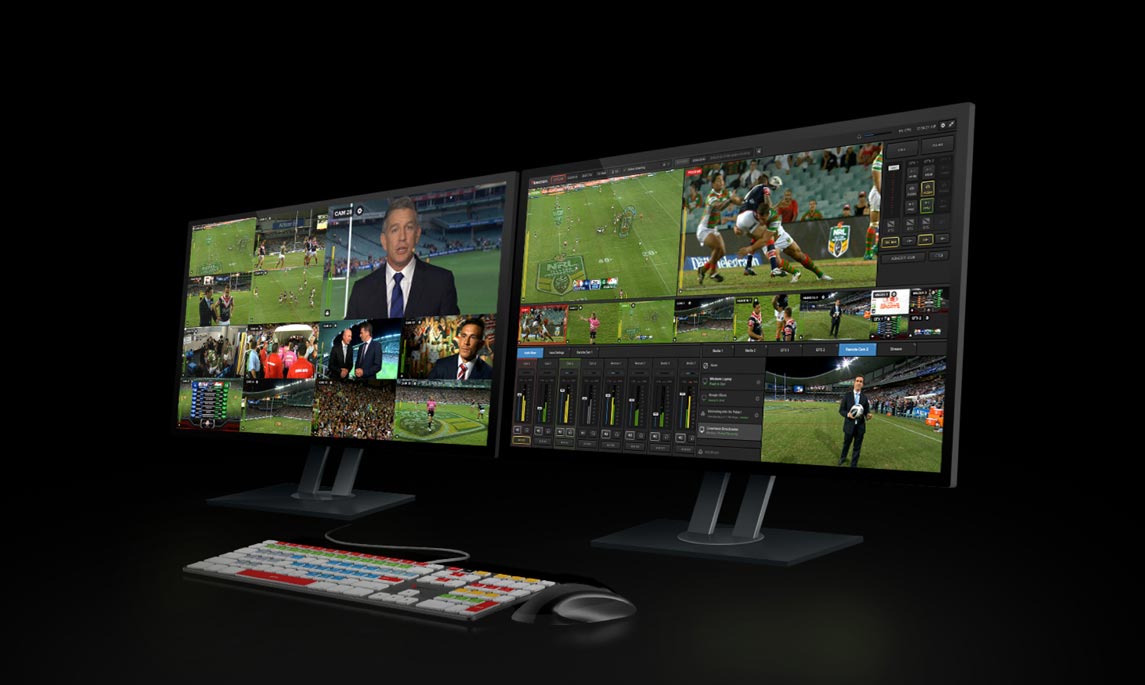

Using multiple panels is indeed a great way of comparing different results (we also have a past tip about panels), but it has two limitations: The most straightforward one is to create a copy of the chain, take out the filters whose usefulness you’re not sure of, and drag the chain tab on the right or at the bottom of the Viewer panel, so to activate the side by side view: There is more than one way of making such a comparison in Amped FIVE.
:max_bytes(150000):strip_icc()/Screenshot_of_OpenShot-58cc49233df78c3c4fa0d559.jpg)
It is not infrequent, indeed, that you end up with many (probably too many) filters in your chain, so that you may wonder: is this step here actually useful? Let’s go practical with an example: we have this image here, and we need to get a better view of the writing on the signboard.Īfter some work, we have applied a crop followed by Motion Deblurring, Unsharp Masking, Wiener Filter, and, finally, Levels.Īnd now we wonder… was it better just to stop earlier? Normally, an excellent way of making a decision is to visually compare side by side the result with and without the additional processing. That is to say, use only the filters that are actually needed to reach your goal. When delivering training, there’s a quote that I repeat to students from time to time: “ Perfection is achieved, not when there is nothing more to add, but when there is nothing left to take away.” (Antoine de Saint-Exupery)
#Software video mixer how to#
We’ll see how to compare the result at two or more different points within the same chain.

Dear friends welcome to a brand new tip! Today we’re sharing a very simple yet handy Amped FIVE tip, which can help you get better results and present your work at its best.


 0 kommentar(er)
0 kommentar(er)
